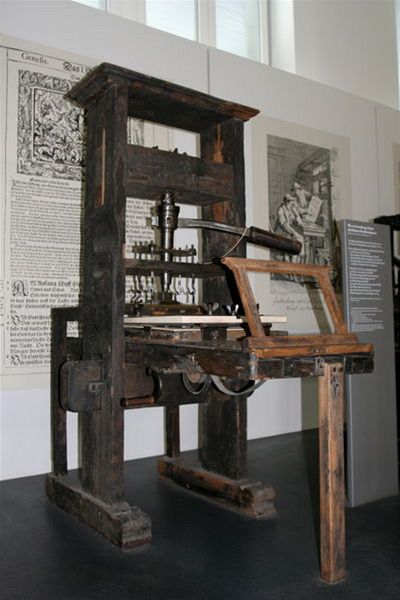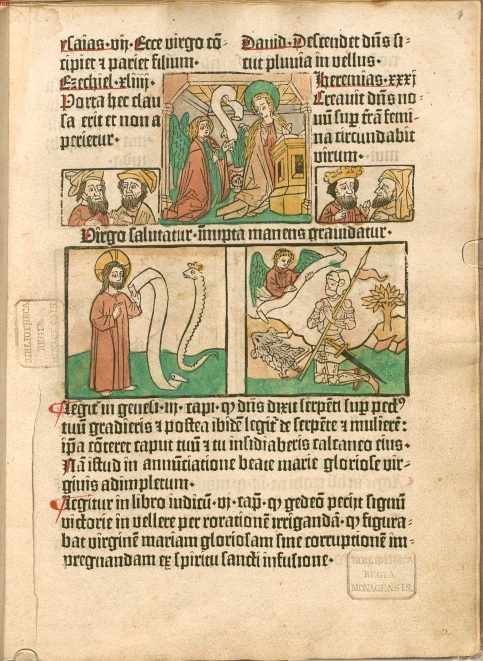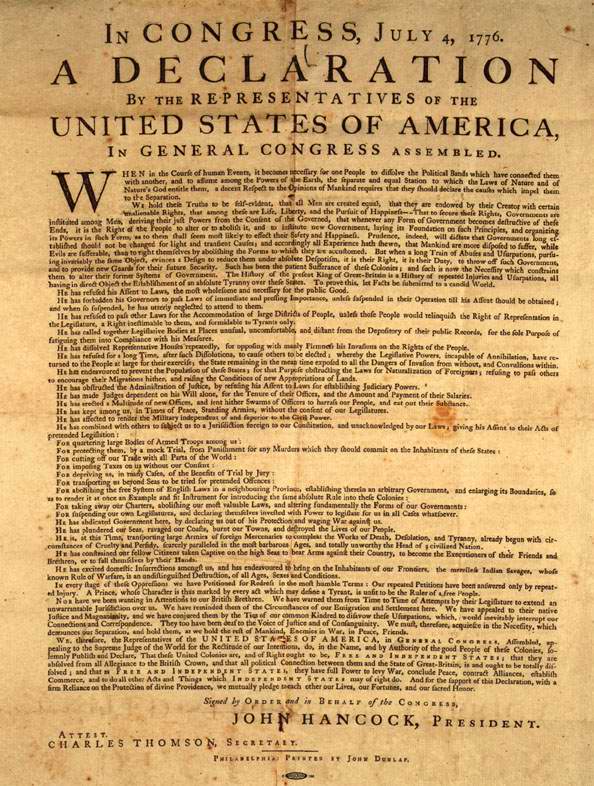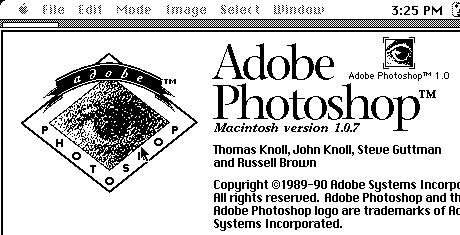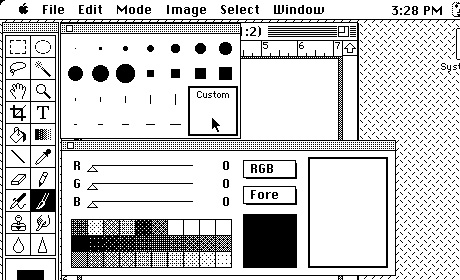W. A. Dwiggins (1880-1956) was the one who coined the term 'graphic design' in 1922. By blending the words 'graphic' and 'design', he better explained the process --- graphic sensibility fused with planning and organising.
There were critical times where art and design made its mark in history, drastic movements and changes came and went as thoughts and people changed. Critical art and design movements were recorded, along with the artists and designers that made it all happen.
Graphic design date as far back as the early cave paintings of approximately 16000 years ago. The cave painting at Lascaux, France portrayed a scene of the hunt. It serves many purposes, one which could be an instruction manual, a guide on what to hunt and what to not hunt. It could also have been motivating them thus keeping the will to survive. Humans were not painted because it was believed that the soul would be captured along with the painting.
KEY MOVEMENTS IN THE HISTORY OF GRAPHIC DESIGN
15000 - 10000 BC The first known visual communication, using pictographs and symbols, discovered in the Lascaux cave, France.
3600 BC The Blau Monument, the oldest artifact known to combine words and pictures
105 AD Chinese government official Ts'ai Lun credited with inventing paper.
1045 AD Pi Sheng invents movable type, allowing for characters to be individually placed for printing.
1276 AD Printing arrives in Europe with a paper mill in Fabriano, Italy.
1450 Johann Gensfleisch zum Gutenberg credited with perfecting the system for printing type in books
1460 Albrecht Pfister the first to add illustration into a printed book.
1470 Nicolas Jenson, one of history's greatest typeface designers, sets new standard for Roman type.
1530 Claude Garamond opens first type foundry, developing and selling fonts to printers.
1722 First Caslon Old Style font developed, later used for the printing of the 'Declaration of Independence'.
1760 Industrial Revolution starts, setting the stage for advances in graphic design production.
1796 Author Aloys Senefelder develops lithography.
1800 Lord Stanhope invents first printing press made of all-cast iron parts, reducing manual labour and doubling the possible paper size.
1816 First sans-serif font makes a subtle entrance as one line of a book.
1861 Williams Morris becomes a highly influential figure in design history sets up an art-decorating firm.
1870 Impressionism
1880 Symbolism, Post-Impressionism, Les Nabis Development of half-tone screen allows for the first photo to be printed with a full range of tones.
1900 Fauvism, Expressionism, Futurism
1910 Cubism, Supermatism, Dada, The Bauhaus, Art Deco, De Stijl
1917 James Montgomery Flagg designs the famous 'I want YOU for the U.S. Army' poster. It was actually a self-portrait of an American version of a British poster by Alfred Leete.
1919 The Bauhaus, a German school is founded which provided the framework for modern design.
1920 Constructivism, Surrealism
1932 Stanley Morison oversees the design of Times New Roman font, commissioned by the 'Times' of London.
1940 Abstract Expressionism
1950 Neo-Dada, Kinetic Art, Colour Field Painting, Pop Art, Op Art
1956 Paul Rand designs IBM logo using City Medium typeface.
1957 Max Miedinger designs Neue Haas Grotesk font, later renamed as Helvetica.
1959 First issue of 'Communication Arts' printed.
1960 Hard-Edge Painting, Photorealism, Minimalism, Post-Painterly Abstraction, Conceptual Art, Post-Minimalism, Arte Povera
1969 Douglas Engelbart develops first computer mouse, setting the stage for the future tool of graphic design.
1970 Performance Art, Graffiti, Street Art
1980 Neo-Expressionism
1984 Apple releases first Macintosh computer, featuring bitmap graphics.
1985 Aldus, formed by Paul Brainerd develops PageMaker software, giving birth to 'desktop publishing'. New York film Manhattan Design also creates the MTV logo.
1990 Photoshop ver.1 is released, and physicist Tim Berners-Lee develops the World Wide Web (www) along with Hypertext Markup Language (html) and the concept of website addresses.




